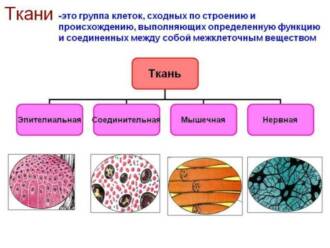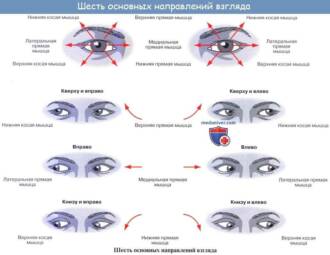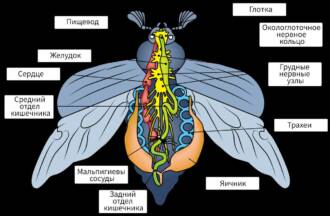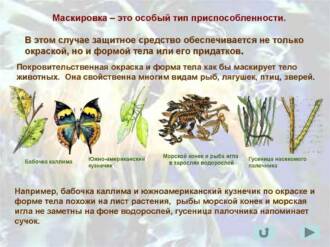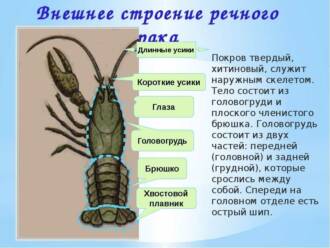
Butterflies are incredible creatures that have amazing sensory abilities. They use their senses to find mates and find food. Studying these abilities helps scientists better understand the natural world and develop new technologies.
One of the main sensory organs in butterflies is their antennae. Butterfly antennae contain a huge number of microscopic receptors called sensory hairs. These hairs are able to respond to chemicals in the air, such as pheromones and flower scents. With this ability, butterflies can find breeding partners and identify food sources.
Another amazing sensory tool in butterflies is their legs. Butterflies have microscopic hairs on their legs that help them feel the surface and determine its texture. This allows the butterfly to determine if it is in the right place to lay its eggs, or if it has found a suitable surface to feed on.
In addition, some species of butterflies have other sensory abilities. For example, they can sense heat and light with their wings. This helps them navigate in space and find the optimal conditions for their development.
Research into the sensory abilities of butterflies allows scientists to better understand how sensory systems work and develop new technologies that can be applied in medicine, electronics and other fields. In addition, the study of butterflies allows us to see another beautiful aspect of nature and enjoy its amazing diversity.
Overall, the sensory abilities of butterflies are an amazing phenomenon that opens up new horizons in our understanding of nature. Studying these abilities helps us learn more about living organisms and can lead to the development of new technologies that can improve our lives.
Sense organs in butterflies: discovering the world
The sense organs of butterflies play an important role in their life, allowing them to sense and interact with the outside world. The main sense organs in butterflies are antennae and eyes.
Butterfly antennas are a kind of sense of touch. They are covered with many sensory hairs that help the butterfly sense smells, vibrations, and other physical stimuli. Thanks to the antennae, the butterfly can find food, determine the direction of movement and find a partner for reproduction.
Butterfly eyes are also important sensory organs. They have a complex structure, consisting of many small eye elements called ommatidia. Each ommatidia contains its own receptors that help the butterfly perceive light and detect shapes, colors and movements. Thanks to the eyes, the butterfly can navigate in space, find flowers for food and detect danger.
Thus, the sense organs in butterflies play an important role in their lives, helping them navigate their environment, find food, and find breeding partners. Through their senses, butterflies can discover the world in all its beauty and diversity.
Butterfly Sensitivity to Smell: Seeking Flowers and Food
Butterflies have an amazing sense of smell, which plays an important role in their search for flowers and food. They are able to detect even the faintest scents that are given off by flowers and other plants. This is due to the peculiarities of their antennae, which are the main organ of smell.
In butterflies, antennae are covered with fine hairs, on which receptor cells are located that can perceive odors. These receptors allow butterflies to detect the chemical makeup of fragrances, which helps them distinguish between different types of plants and determine if that plant is suitable for feeding or breeding.
Due to their sensitivity to odors, butterflies can find food sources over long distances. For example, some species of butterflies are able to detect a nectar-producing flower up to several kilometers away. They follow the scent in the air and find their target.
Interestingly, different species of butterflies may have different sensitivities to scents. Some species may be specialized in certain scents, such as the scent of a particular plant species that is their primary food source. Other species may be more versatile and detect a wide range of odors.
In general, butterflies' sensitivity to odors plays an important role in their survival and reproduction. It helps them find food and breeding partners and avoid danger, as some scents may indicate the presence of predators or other threats.
Butterfly Color Vision: The Language of Flowers and Attracting Partners

Butterflies have an amazing way of perceiving color that helps them find mates and get their attention. The ability to distinguish a wide range of colors allows them to use color language for communication.
Each type of butterfly has its own preference for colors that attract their attention. For example, some species prefer bright reds, while others may be attracted to purples or blues. These preferences may be related to the need for certain nutrients found in certain plants.
Butterfly color vision also plays an important role in attracting mates. Males may have bright and rich colors on their wings to attract the attention of females. Some species of butterflies may also use certain color patterns and patterns on their wings to signal their readiness to breed.
Relatively small changes in color and shade can make a big difference in butterfly communication. For example, a change in brightness or color saturation can signal the degree of readiness for reproduction or the health of an individual. These nuances of the color language help butterflies to find partners among many other individuals and establish successful breeding relationships.
It is interesting to note that some butterflies can also use the ability to change the color of their wings to attract mates. They can change the brightness or saturation of a color to attract attention or signal their status. This is an additional mechanism for attracting partners, which helps butterflies successfully breed and maintain species for many generations.
Butterfly antennae: tender antennae in search of partners
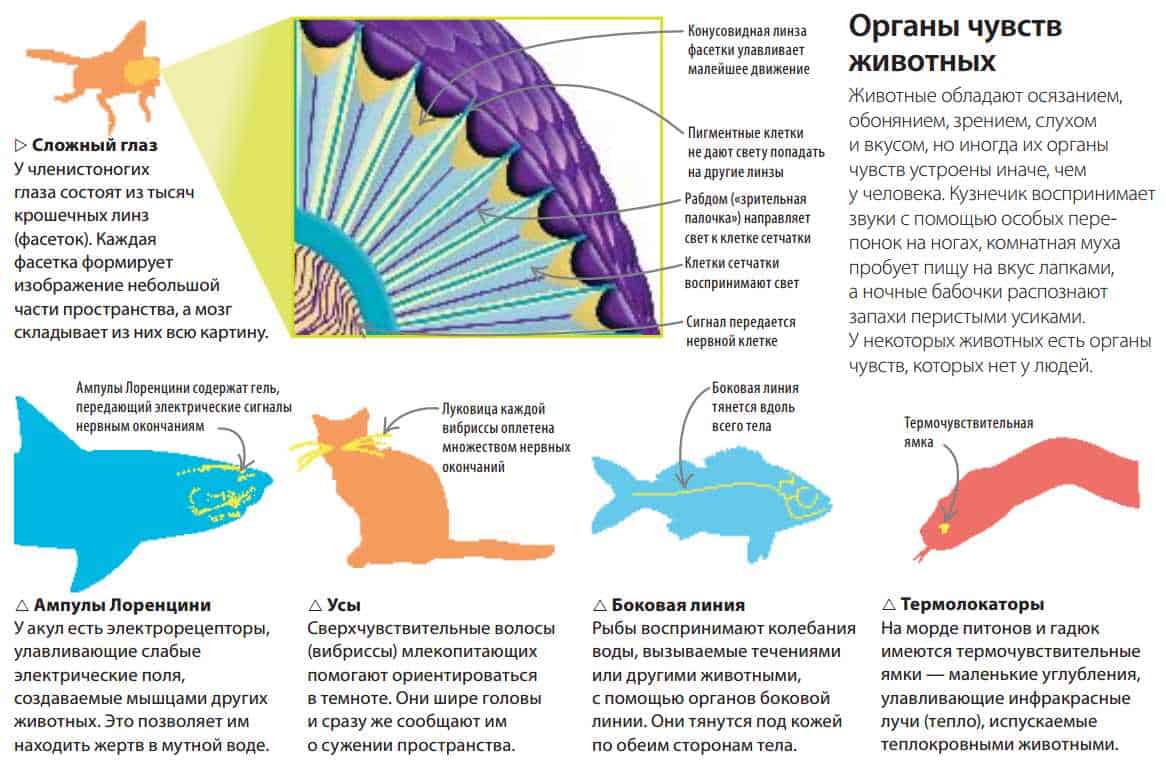
Butterfly antennae are delicate antennae that play an important role in their lives. They are organs of touch and smell, helping butterflies find mates and food. The antennae are on the head of a butterfly and are a pair of long and thin stems, at the ends of which are small balls or brushes.
Butterfly antennae are highly sensitive to smells and vibrations. They help butterflies find breeding partners, as each butterfly species has its own unique scent that attracts members of the opposite sex. Butterflies use their antennae to detect pheromones, chemicals released by one individual and perceived by other individuals of the same species.
In addition, the antennae of butterflies help them find food. Butterflies typically feed on flower nectar, which contains sugars and other nutrients. The tendrils allow them to detect and evaluate the aroma of flowers, thus determining their nutritional value. Butterflies may also use their antennae to find food in the dark or when visibility is poor.
Butterfly antennae are unique organs that help them survive and reproduce. Due to their sensitivity and ability to detect chemical signals, they can find partners and food even in conditions where other senses are ineffective. Studying these amazing antennae helps us better understand the world of butterflies and their ability to adapt to different environments.
Touch abilities: tactile sensations of butterflies
Butterflies have amazing touch and tactile abilities that help them find mates and food. They use their sensitive palps, which are located on their heads, to probe their environment.
Butterfly palps contain many small nerve endings that allow them to sense even the faintest of touches and vibrations. Thanks to these abilities, butterflies can determine the presence of food or a partner nearby, as well as detect danger or obstacles.
When a butterfly finds food, it uses its palps to examine its texture and smell. They can also determine if food is edible or poisonous. Butterflies may also use their palps to interact with other butterflies during breeding.
Tactile sensations are very important for butterflies as they help them survive and reproduce. Thanks to their sensitive palps, butterflies can find food and mates even in low visibility conditions or over long distances. Their ability to touch is one of the key features of their survival and prosperity in nature.
Sensory cells on the legs: orientation and search for food
Butterflies have an amazing ability to navigate in space and find food with their paws. Each foot of the butterfly contains sensory cells that help them navigate their environment and find the necessary plants for food.
The sensory cells on the legs of butterflies respond to various chemicals that the plants release. When a butterfly touches a leaf or flower with its paw, the sensory cells on its paw register chemical signals and relay the information to the butterfly's brain. This allows the butterfly to determine if a given object is a food source or not.
Orientation and search for food using sensory cells on the legs is an important survival strategy for butterflies. They can find the plants they need for food, even at great distances. In addition, sensory cells on the legs help butterflies avoid plants that are poisonous or unsuitable for feeding.
Interestingly, some species of butterflies can use sensory cells on their legs to identify breeding partners. They can recognize chemical signals given off by other butterflies and find a suitable breeding partner.
Vision in the dark: moths and their abilities

Night butterflies have an amazing ability to see in the dark thanks to their special eyes. Unlike diurnal butterflies, which rely on sight to find food and mates, nocturnal butterflies have evolved other mechanisms for orienting and detecting the world around them.
At night butterflies The eyes are made up of many simple eye lenses called ommatidia. Each ommatidia contains its own set of photoreceptor cells that respond to light. This allows the butterfly to perceive movement and light changes in the environment.
Ommatidia moths have a special structure that allows them to collect more light and create a clearer image. Within each ommatidia is a clear fibrous fluid that guides light to photoreceptor cells. This eye anatomy allows moths to see even in low light conditions.
Besides, moths have the ability to see in the infrared. They can perceive thermal radiation that comes from objects in their environment. This helps them find flowers and other food sources, as well as determine the best places to rest and breed.
It's interesting that moths can see and recognize colors, although their spectrum of color perception is slightly different from that of diurnal butterflies. Moths see warmer shades of red, purple and blue better, while yellow and orange are less visible to them. This is due to the peculiarities of photoreceptor cells and the ability of butterflies to adapt to their nocturnal environment.
Trick of the Light: Sensory Butterfly Traps

Butterflies use their sensory abilities to find mates and food. One of the most amazing ways they do this is through the use of light traps. Butterfly traps are special organs that respond to different wavelengths of light.
When a butterfly sees light, it reacts to it to determine its direction and intensity. This allows her to find a light source that may indicate the presence of food or a mate. Butterflies can also use light traps to attract mates by producing special light signals.
Butterfly sensory traps have amazing precision and sensitivity. They can respond to very weak light signals and even determine the color of the light. This allows the butterflies to efficiently find food and mates in a variety of environments.
Interestingly, different types of butterflies can have different types of sensory traps. Some butterflies use traps that respond to ultraviolet light, while others prefer visible wavelengths. This allows them to adapt to a variety of environments and find food and mates more efficiently.
All in all, butterfly sensory traps are an amazing example of natural evolution. They allow butterflies to use light to their advantage by finding food and mates with their unique sensory abilities.
Sound Abilities: Communication and Finding Partners
Sensory Organs and Sound Signals
Butterflies have an amazing ability to perceive sounds and use them to communicate and find partners. Their sensory organs, located on their wings and body, allow them to respond to sound vibrations in their environment. When the male is looking for a female, he makes specific sounds that serve as signals to attract attention.
Sound signals and attracting attention
Male butterflies use a variety of vocalizations to attract the attention of females. They may trill, flap their wings, or make other distinctive sounds. These sounds are a kind of "invitation" for females, who hear them and respond to them.
In addition, some species of butterflies can use sound signals to scare away predators. They can make sounds that mimic those of more dangerous or venomous animals to intimidate potential enemies.
Sound communication and partner search

Sound communication plays an important role in the process of finding partners in butterflies. They use sounds to attract the attention of nearby individuals and to mark their territory. When the female hears the sound of the male, she can respond to it and approach him to make a hover.
However, not all butterflies use auditory communication to find mates. Some species prefer to use other means such as pheromones or visual cues. It all depends on the specific species and its evolutionary features.
Sensitivity to electric fields: invisible forces in search of food and partners

Butterflies are incredibly sensitive creatures, and their ability to sense electric fields is one of the most amazing. These invisible forces play an important role in their search for food and mates.
Electric fields around plants
Plants, like all living organisms, create electric fields around them. Butterflies use these fields to determine the presence of food. They are able to sense changes in electrical fields and find food sources such as flowers or sweet juices.
Electric fields in search of partners
In addition, electric fields play an important role in finding breeding partners. Both male and female butterflies have special organs that allow them to sense the electric fields that their partners create. This helps them find each other even over long distances and establish contact for breeding.
Ability uniqueness
Sensitivity to electric fields is a unique ability of butterflies that helps them survive and reproduce. This ability allows them to detect and locate food sources and mates that remain invisible to the human eye.
Research and future perspectives
Scientists continue to study the sensitivity of butterflies to electric fields and understand how they use this ability. This could lead to new discoveries in biology and help develop new technologies inspired by nature.

